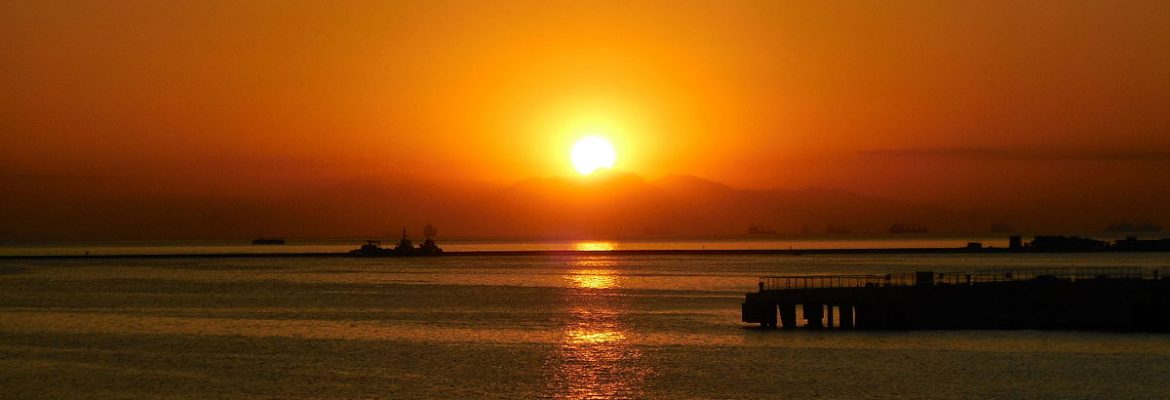Manila Bay, Manila, Philippines
Manila Bay, bay of the South China Sea extending into southwestern Luzon Island, Philippines. Almost completely landlocked, it is considered one of the world’s great harbours and has an area of 770 sq mi with a 120-mi circumference.
Its widest diameter, from northwest to southeast, measures 36 mi. Corregidor Island, 30 mi west of Manila, divides the bay’s 11-mi-wide entrance into two channels—the seldom used South Channel and the safer, 2-mi-wide North Channel between Bataan Peninsula and Corregidor.
The northern and northeastern shore of the bay adjoins Luzon’s central plain. There the bay is shallow and lined by the mud flats and mangrove swamps of the delta of the Pampanga River, site of the most extensive commercial fishponds in the Philippines. Most of the bay is between 30 and 120 ft (10 and 40 m) deep; the tidal range is only moderate.
Manila Harbor, at the easternmost part of the bay, is divided into two sections: North Harbor for interisland ships and South Harbor for international shipping. Sangley Point is a U.S.–Filipino naval reservation near Cavite, on the southeastern shore, and Balanga, on the western shore, is the base of a small fishing fleet.
Manila Bay provides excellent protected anchorage, since it is sheltered by the mountains of Bataan Peninsula (west) and the Cordillera Central (east). Because of its location near the Southeast Asian mainland, it was already commercially important when, in 1571, Spanish colonizers began building fortifications at the site of present-day Manila. In 1574 the Chinese pirate Lim-ah-hong entered the bay with a force of nearly 3,000 but was repulsed by Spanish forces.
Manila Bay was the western terminus of the Manila–Acapulco “galleon trade” between 1593 and 1815. The decisive naval battle of the Spanish–American War, the Battle of Manila Bay, took place there on May 1, 1898, when Commo. George Dewey’s U.S. fleet destroyed the Spanish fleet off Cavite. During World War II many Philippine, American, and Japanese ships were sunk by aerial bombardment at Manila, Cavite, Corregidor, and other locations. In February–March 1945 Manila Bay was regained by U.S. forces.
Visit Philippines. Epic Philippines Adventure Route © All Rights Reserved | Monika & Simon Newbound 2017


